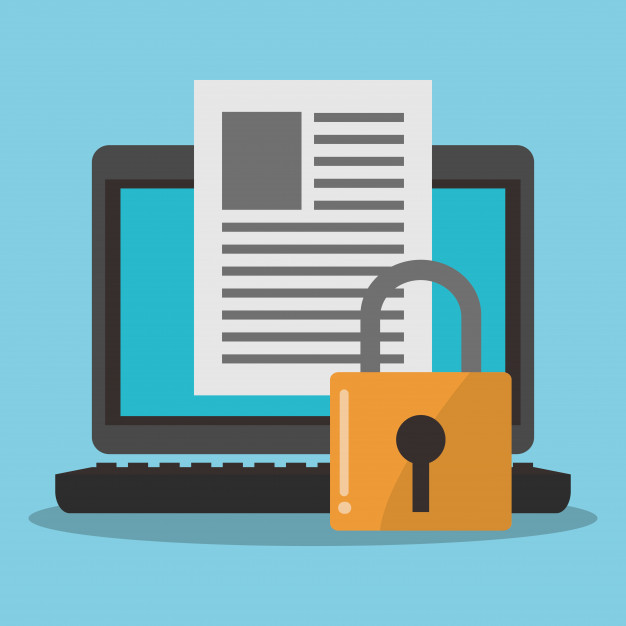Any company which uses a database for its website needs to know how to secure its site database from hackers. The good news is that this depends more on applying robust best practices than on expensive security tools.
How to secure site database from hackers
If you are looking at how to secure your site database from hackers, there are six main areas you must address. These are as follows. Make sure you have robust physical security. Implement tight access controls. Monitor and audit database activity. Toughen up your database. Manage your data effectively. Invest in web application and database firewalls.
Make sure you have robust physical security
Robust digital security always starts with robust physical security. There is no point in implementing the best digital security measures currently known if a malicious actor can just wander into a building and walk off with the server holding your database.

Speaking of which, your database should always be on a separate server from anything else to do with your website, for example, your applications. This means that an attack on a public-facing server will not result in the attacker automatically getting access to your database.
Implement tight access controls
Larger SMBs might want to invest in access management software. This basically provides authorized users a temporary password each time they need to access the database. It also monitors and records all activity undertaken using that password.
Smaller SMBs may not have the budget for this, but they can still manage permissions using groups and roles rather than just handing them out directly. They can also ensure that each group/role has the minimum level of permissions necessary to do their job.
Harsh as this may sound, it’s advisable to take a “carrot-and-stick” approach to enforcing strong passwords. The carrot is to educate users about the importance of using genuinely strong and unique passwords. The stick is to make sure that there is at least the potential for someone to be held legally accountable if they are found to have been careless with the security of their account.
Regardless of the size of your organization, you need a robust process to ensure that all user accounts are deactivated the moment they cease to be needed, even if a staff member leaves the company on excellent terms.
Monitor and audit database activity
If you have the budget, you can invest in database activity monitoring (DAM) software. This has more functionality than access management software. For smaller SMBs, however, this might be too much of a stretch and if you have to choose between access management software and DAM software, then access management software is likely to be the way to go.
If you can’t run to DAM software, you can and should still check your activity logs. As a minimum look for suspicious login attempts and unusual activity on any of the accounts particularly the administrator ones.
Toughen up your database
First of all, you need to ensure that you’re using database software which is still being supported by the vendor. Then you need to ensure that you apply all updates promptly. Have a managed IT services company do it for you if that’s what it takes to make sure that it happens.
Go through your database and make sure any default accounts are deleted (unless you really need them, in which case change the default password). Likewise, disable any features or services you don’t need and ensure that all security settings are activated (and as high as they can be) unless there’s a specific reason for them not to be.
Last but not least, make sure you delete any history files created during the initial installation. Legitimate users only need these to analyze why an installation might have failed. This means that once the installation is completed, there is no reason to keep them and an excellent reason to delete them, namely that they can provide useful information to hackers.
Manage your data effectively
Periodically audit your data, so you know what you are collecting and why. If it’s not needed, stop collecting it. Keep data in your production systems only for as long as it is in active use. If it needs to be stored after that, e.g. for compliance purposes, then move it to a data archive.
Encrypt your data, wherever it is kept. This means not just in your production database but also in any backups and data archives. Then make sure you store the keys sensibly.
Invest in web application and database firewalls
This should be well within the budget of even the smallest SMBs.
Please click here now to have your website scanned, for free, by cWatch from Comodo.
© 2026 Comodo Security Solutions, Inc





